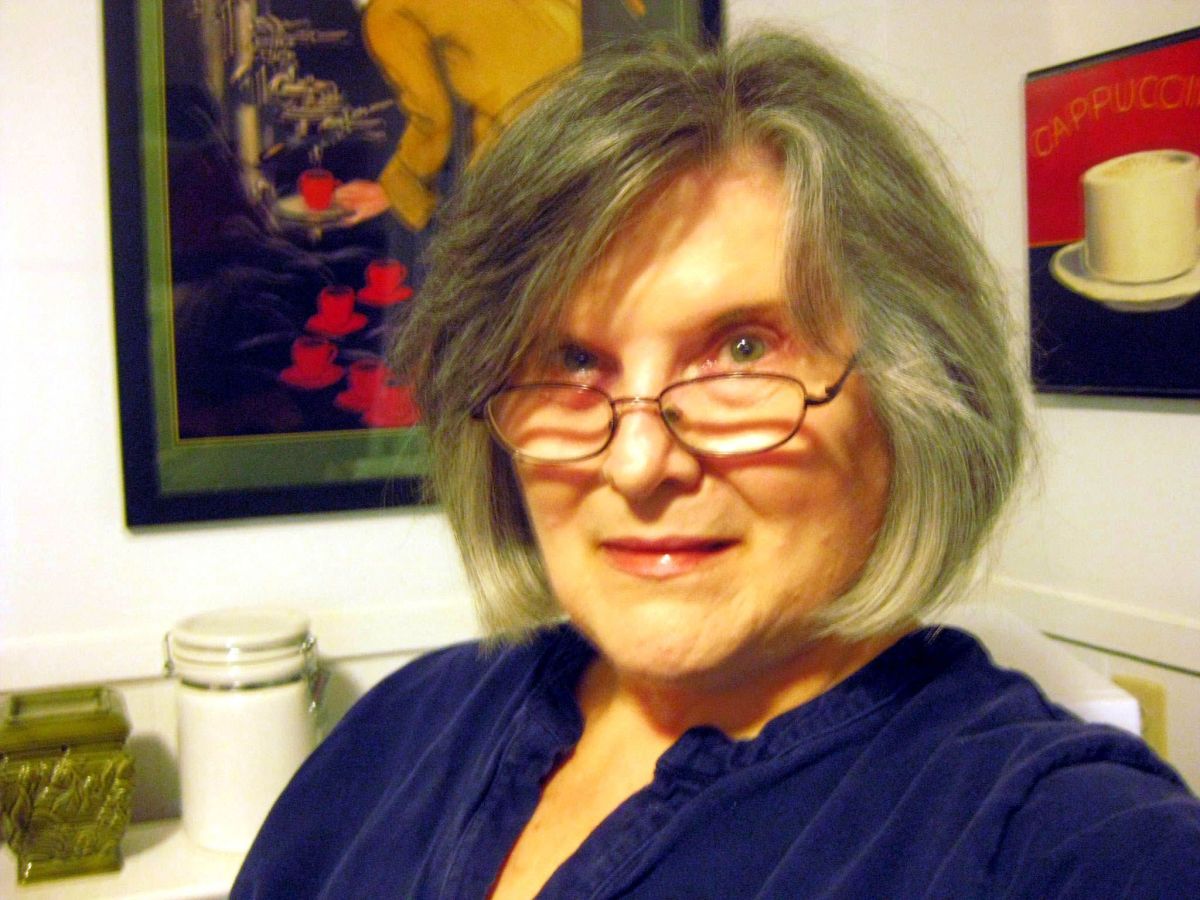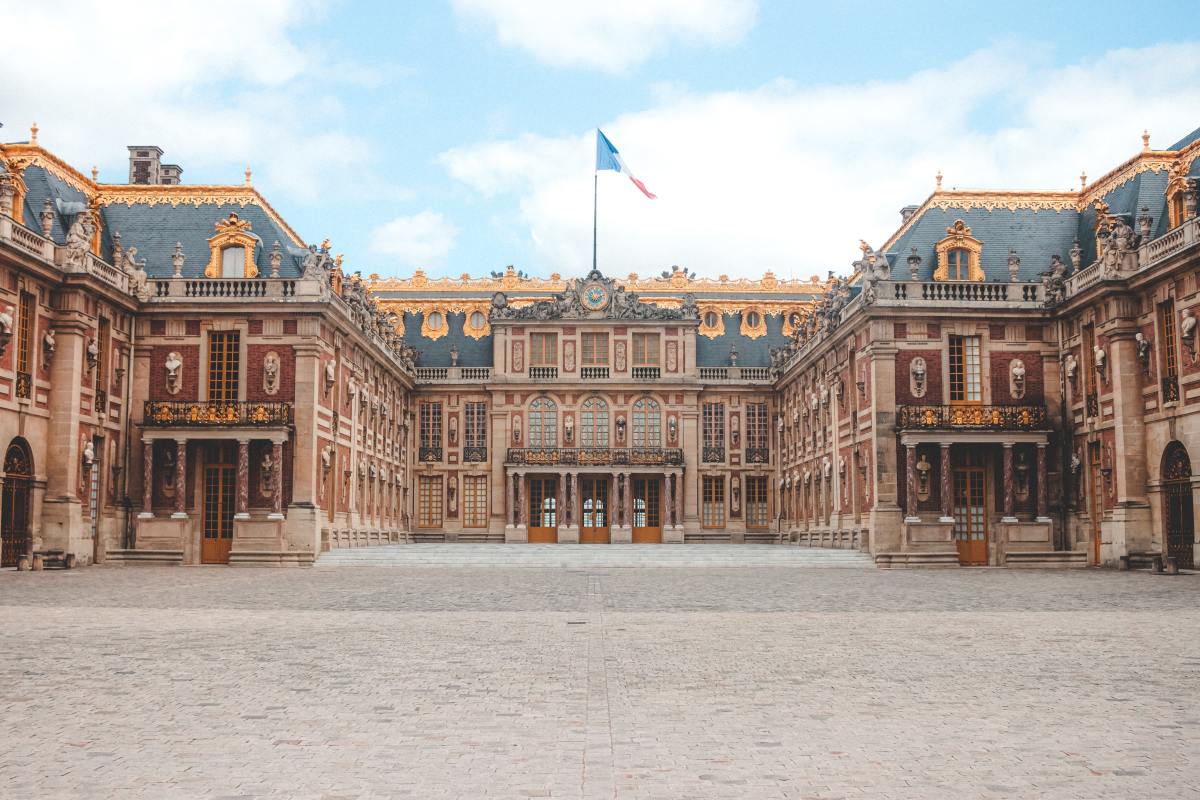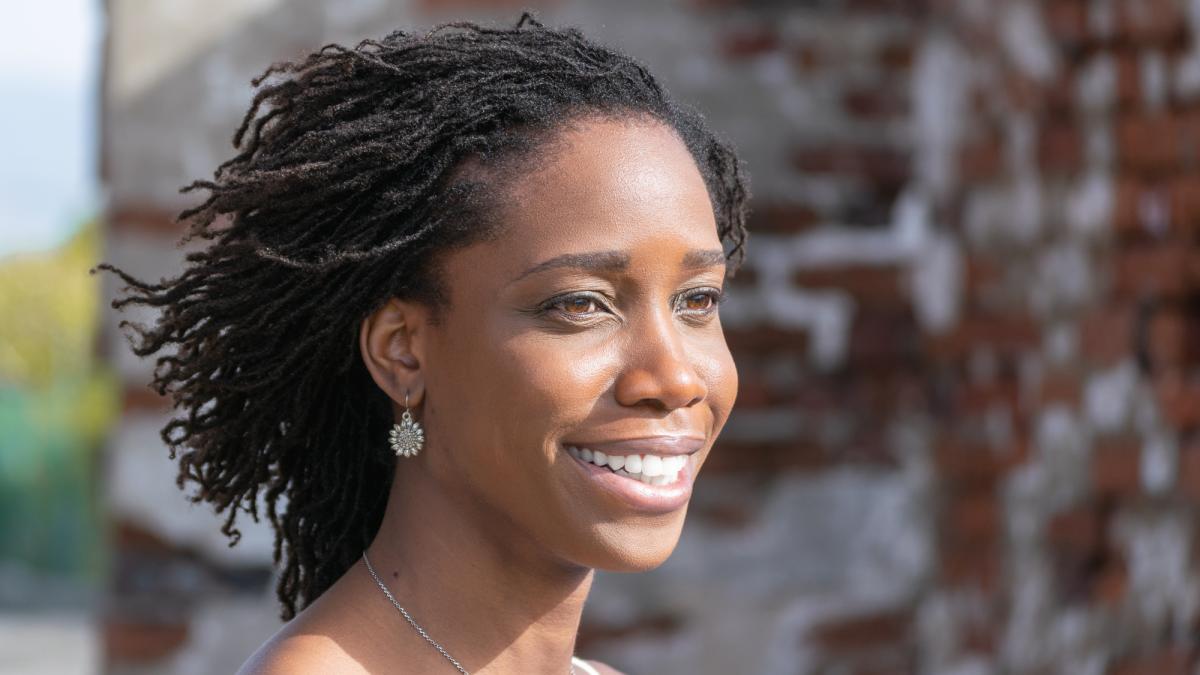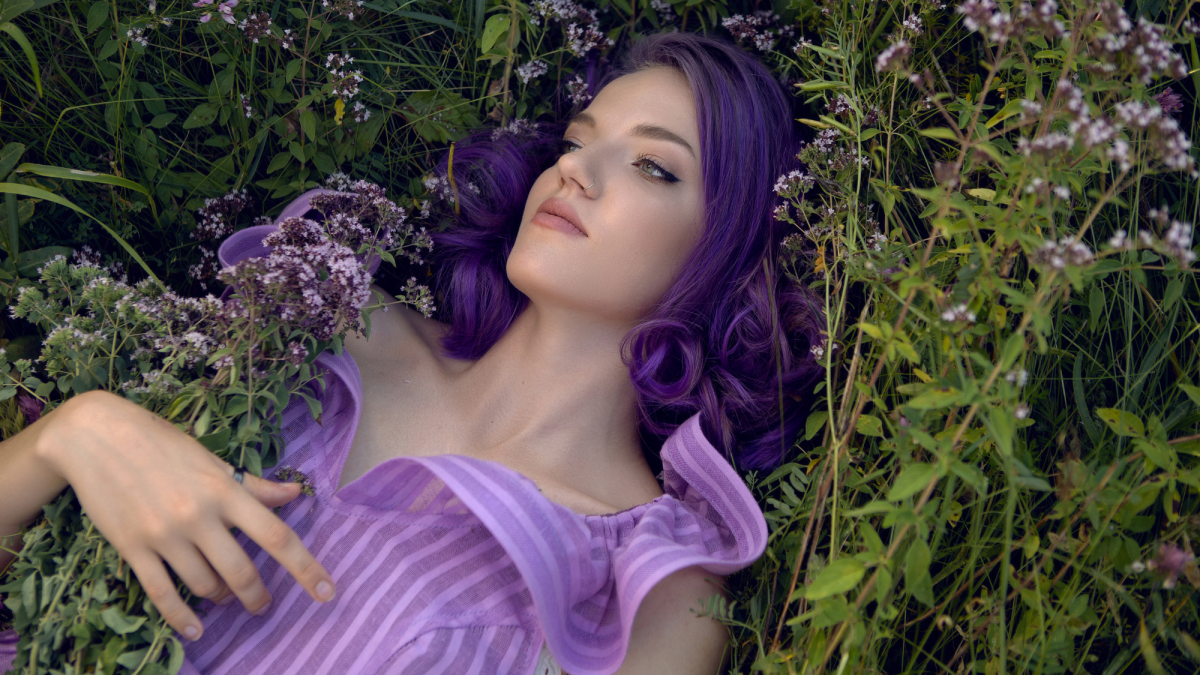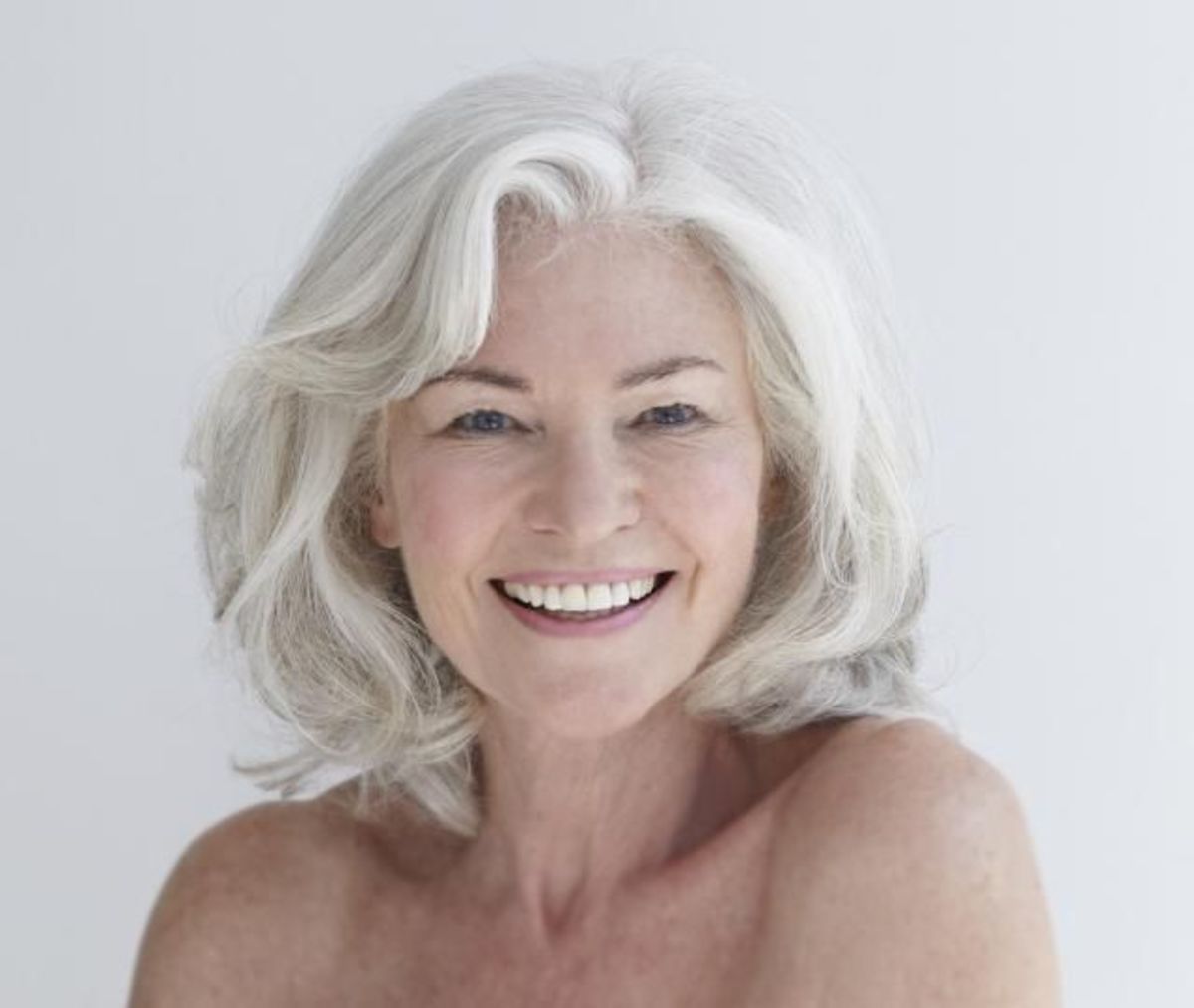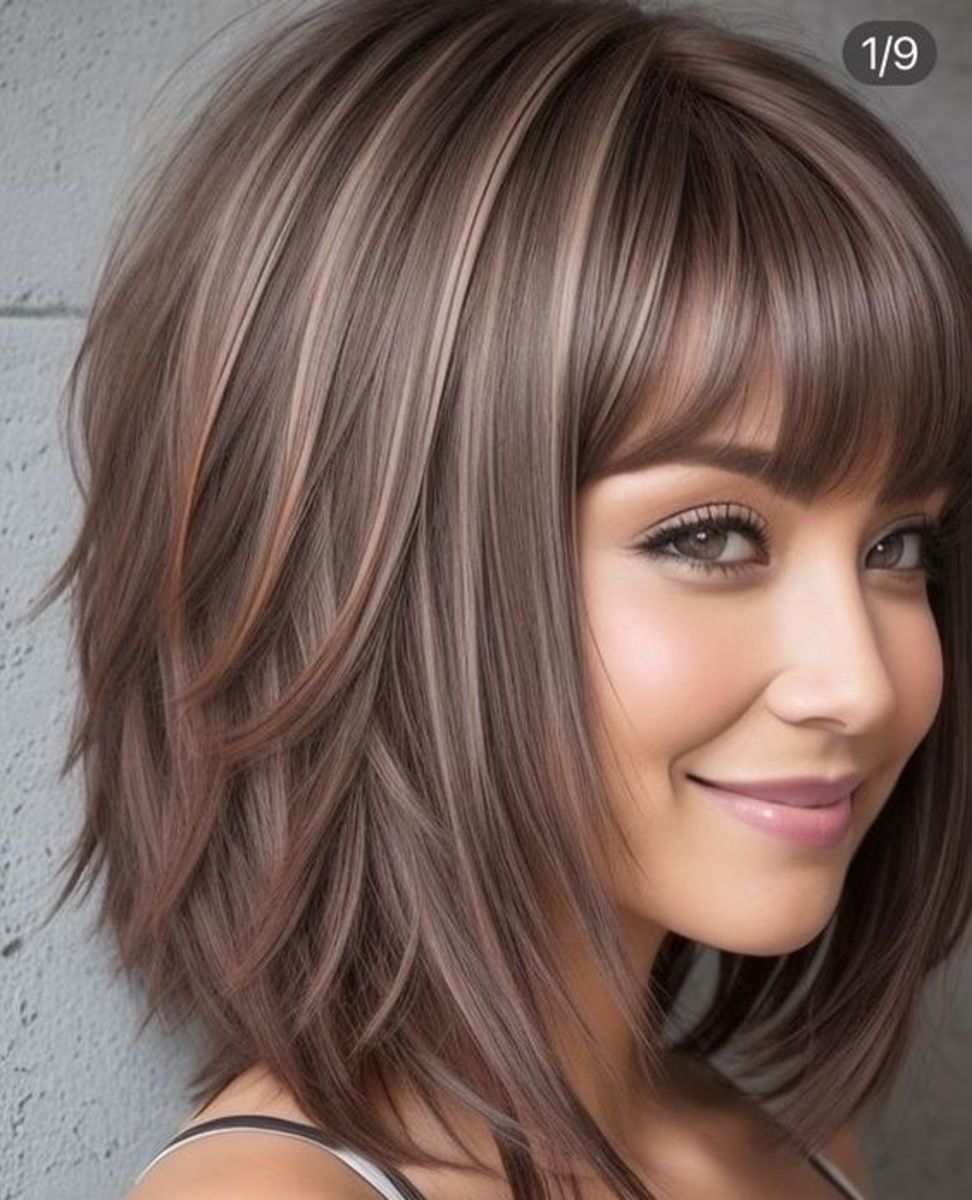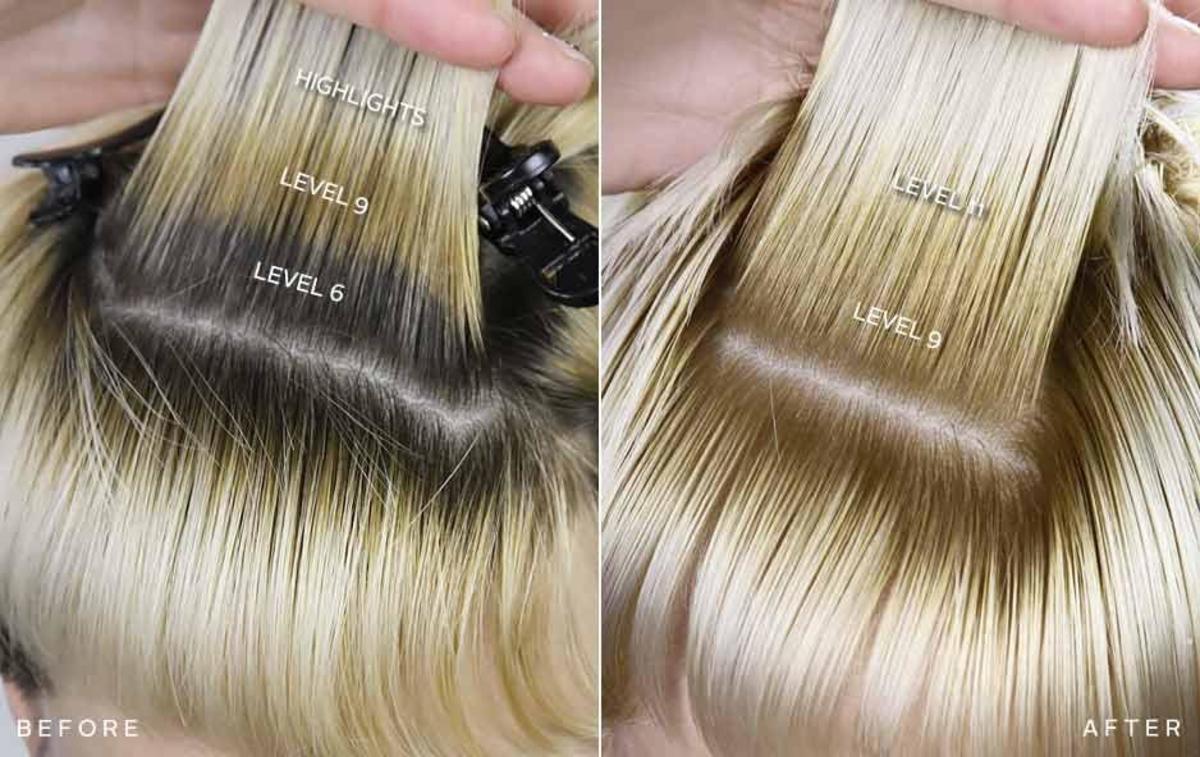Achilles Hair: The Permanent Wave That Was Only Temporary | Perm Not
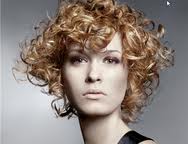
Permanent Waves Are Back In and The Craze
At the age of 22, during the big hair era of the late 70’s I decided to get a permanent wave. I was tired of using the curling iron every day to get the desired curls I coveted. Even though my hair had a natural wave, of course I wanted more …. What was I thinking? Why is it that if we have straight hair we want curly and vice verse. I think it is human nature to want what we cannot or do not have. It is our Achilles heel or in my case, Achilles Hair.

Dreams of Luscious Locks
I had no experience with how to navigate my way through a salon experience. My family always cut, colored, and frosted hair for each other while growing up in my house. At the time, my hair was shoulder length, light brown and frosted, though, I was going for bouncy. Looking in the phone book, I found the closest salon from my house and off I went on a weekday afternoon to get glammed. Now most salons today will have people in them even in the afternoon. Upon entering this salon, there was no one but the Asian hairdresser we'll call Flo. Now though Flo was Asian, she spoke great English and explained the cost of getting a permanent wave just fine. As I agreed to trust her with my luscious locks, it did not even register a red flag that no one else was in the salon that day ...but me .
Flo sat me down and broke out the plastic permanent wave supplies as she covered me with a black shroud. Again another disregarded sign that I should have heeded, but intrigue with bouncy new curls overrode my unusually acute intuition. As Flo proceeded to tightly roll my hair in preparation of the permanent wave solution, I remember I started to fall asleep. I loved my hair to be brushed and played with don't you?.. but I digress.
It was time to apply the permanent wave solution…..oh….it smelled terrible. My eyes were watering and the intense smell of ammonia permeated the immediate area. It was about 10 minutes into the processing time that I noticed my hair smelled funny. It was like a burning kind of smell. I mentioned it to Flo, but she kept saying…no problem….no problem. Now I have been told that it takes a few sacrificial moments each day to be beautiful, but I was about over it . Flo seemed to be confident in what she was doing, but now I was starting to get stressed over the burning smell. What did I know, this was my first permanent wave. I tried to relax by visualizing leaving the shop with my curly locks bouncing around my bobbing head. Where would I go out tonight to show them off, I thought. Maybe to dinner with friends, you just never know who you might meet.
Flo Fried My Hair.... Was It Permanent?
I was about 30 minutes into the processing and the burn smell was getting worse. I noticed that Flo had an unpleasant look on her face. She said come we wash now. With my head in the bowl and Flo scrubbing my hair like there was no tomorrow, I could still smell that distinct odor coming from my head. She washed my hair three times and then applied a conditioner. But Flo could have put the entire bottle of conditioner on my head and it would not have made a difference. Flo totaled fried my hair all the way down to the root. She tried to comb it…no way that was going to happen. She tried to blow it out, but that made the gnarly mess totally worse. I looked in the mirror and wanted to cry. Where were those lovely curls now. All I saw was hair that looked as if it was burned and sticking straight off a broom. I said to Flo was happened? Flo just shrugged. Apparently Flo was used to perming thick black Asian hair and used the same product on my fine bleached hair. Now many of you are thinking….how naïve can you be and you are right. I was terribly naïve. I even paid Flo for destroying my hair...can you imagine that. What on earth was I going to do now. I hid my damaged head and made a beeline for home. Just praying that no one I knew would see me along the way.
I was told not to wash it, comb it, brush it, or do anything else. Perm Not!
After I cried for about an hour, I called a friend to explain my demise and was in luck. She knew a great hairdresser who agreed to see me the next morning to try to salvage what hair I had left. 'Don' t do anything to it', she said, 'just come'. The next morning I drove quite a distance to see Michelle, who was my salvation that day and became my best friend. Michelle cut my hair much shorter that day, just like a Bob cut. Then she applied a super intense conditioner that stayed on my hair for about an hour while under a small amount of heat to allow the conditioner into my hair follicles. Michelle was so understanding and fun to talk to. That was the day my permanent wave was only temporary. What was left of it ended up on the floor. I have never tried to get another permanent wave to this day and never will.
The moral of the story is.... if you go into hair salon for any reason and there is no one getting their hair done turn around and run!!
2011 Permanent Wave Re-appears On The Cat Walk
The Permanent Wave has made an appearance on the cat walk. Will it totally return…maybe, we all know for sure that I’m not going to participate. Lots of different kinds of perms were developed over the years as hair professionals all tried to be a little different than the next in their creativity. There were shaggy perms, wet look perms, body perms, corkscrew perms, lots of various styles and textures. I am not sure what kind of perm I received, but I will refer to it as the Perm from Hell.
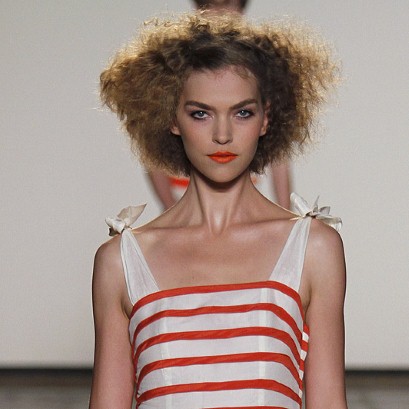
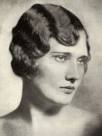
1930's "The Bob" a very short Permanent Wave
The Permanent wave developed in the 1930’s helped to eliminate the discomfort and need to sleep in curlers. The Bob was a thirties haircut that received the first chemically induced curls in the 20th century. No more curlers at night for those modern women.
Though still some women continued using the machine even though cases of burnings, electrocutions and explosions still occurred, it did nothing to deter these women from the coveted curl of that era. The permanent wave eventually became safer to administer and diversified into many different kinds depending on hair texture and specified outcome.
The chemical process of a permanent wave,
commonly called a perm, involves the use of chemicals to break and reform the bonds of the hair. The hair is washed and wrapped on a perm rod and waving lotion is applied with a base. This solution creates a chemical reaction that softens the inner structure of the hair by breaking in the hair allowing down the keratin in the hair, thus allowing it to curl.

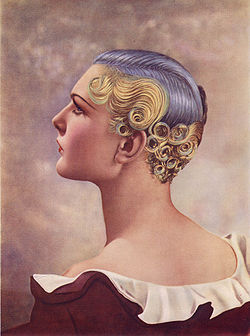
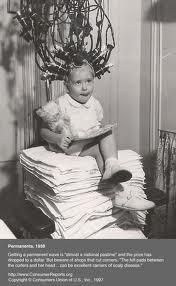
The Infamous Shirley Temple
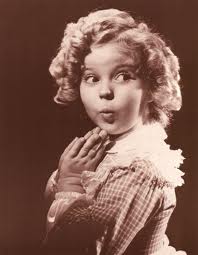
Poor Shirley
We all can see a picture in our head of Shirley Temple with a head full of curls, that poor child, what she must have had to endure.
History of The Permanent Wave
It addition, the term can also be used for the de-curling of hair, a process first developed by Renaud Whittington.
The desire for curly locks made way for various concoctions over the centuries which kinked, curled, heated, chemically altered, and the luscious locks of most all women in the early century. I just Thank God for the invention of the curling iron.
1872 – Marcel Grataeu devised a pair of tongs that were heated over a flame to the proper temperature, tested on newspaper and then applied to a lock of hair for crimping. Many wigs were curled this way.
1905 – Charles Nessler, a German hairdresser used a the first solution applied to the hair of a living person previously tested on wigs from 1896. These mixtures were cow’s urine and water. That sounds like a real treat.
1917 – The first permanent-waving heaters designed by Calvete. What a hidious machine it was like out of Frankenstien movie.
1923 – Machine made by Icall for Eugene Suter heated curlers for Swiss immigrant with a fashionable salon helped to speed up processing time.
1924 – a second type of curler inventer by Josef Mayer called point-winding also sped up processing time even more.
1930 -Reagents were developed to be used in unison with the first rollers used on heat heat. The reagents would tone down the damage done to the hair by the rollers. Two common ingredients were borax and ammonia.
1930 – J Bari-Woollss, a chemist who experimented with heat, water/steam and ph factors and the effects of hair curling. He created a reagent that consisted of sulfer dioxide. His discoveries are still mentioned among contemporary hair professionals today. His trails involved the discovery of breaking the bonds of keratin in hair to allow waving.
1930’s the majority of middle-class women had permanent waves every three weeks and touch up settings weekly.
Nessler introduced the Radione system where dry hair was wound dry and inserted into hollow cellophane tubes sealed at both ends containing moistened paper.
MacDonald used steam led by tubes to each heater which eliminated the risk of shock, but not the risk of being scalded.
Gallia was credited with first moistening the hair with a reagent making winding easier.
Superma finally got rid of the machine using total chemical reactions in a cotton pad with water. He was Superman in my book.
Finally in 1938 Willatt invented the cold wave a precursor to modern perms.
Perms today are much gentler to hair and are self-timing and self-heating with a more neutral PH. There are permanent relaxers to straighten hair as well.
21st Century introduces the Digital Perm used especially in Asian cultures. Now that's a surprise.
Calvete Using heated Rollers...Can You Imagine
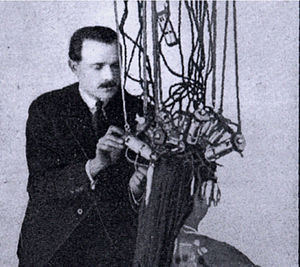
Permanent or NOT? That is the question
- History of Perm Rods | eHow.com
History of Perm Rods. For years, women have been obsessed with curly and wavy hair. This obsession led to the use of wigs by many women in earlier centuries. Eventually, women found a way to curl their hair using their fingers and... - To Curl or be Curled : The Temporary Solution to the Permanent Wave
(Photo at Creative Commons www.flickr.com/photos/someonesomewhereslife/) To Curl or be Curled : The Temporary Solution to the Permanent Wave I thought the perm was going to make a comeback. I remember...
11:30

